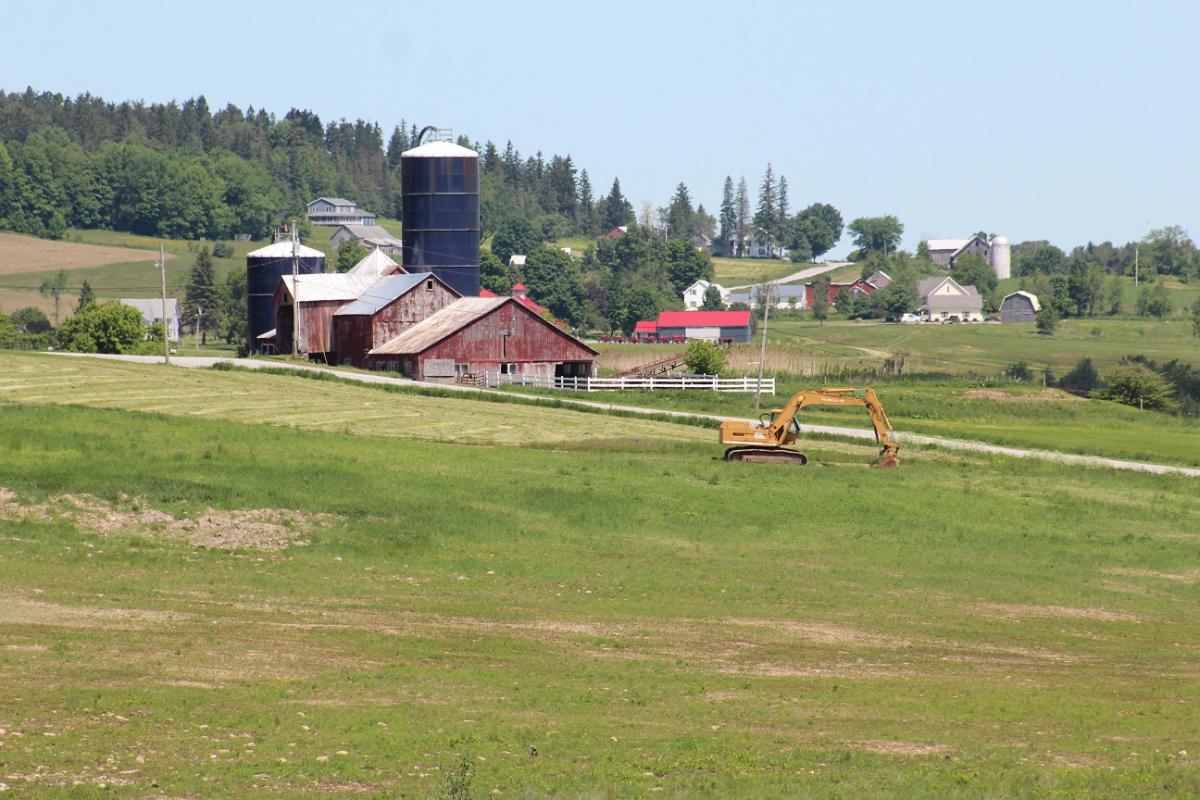
By Vermont Farm & Forest Viability Program
Capturing more value, increasing shelf life, and selling to new markets are some of the many alluring prospects of value-added processing for farms. It also means developing and operating a new production system and meeting food safety regulations. When a farm business decides to start a value-added processing enterprise, the production location has big implications for how these challenges are handled. While many farms build their own farm-based processing, others choose to start out in a shared-use kitchen. We asked Daniel Keeney, a Viability Program adviser from the Center for an Agricultural Economy, to help tease out the pros and cons of each arrangement. Here’s what Daniel says:
Shared-Use Kitchens
A number of shared-use commercial kitchens are open to farmers throughout the state. At incubator kitchens like the Mad River Food Hub and the Vermont Food Venture Center, professional staff support businesses with both production advising and specific food safety compliance needs. These are large spaces with commercial-scale equipment that would represent a significant capital investment for a new enterprise. Shared kitchens offer a low-overhead solution to producers, especially those with less frequent production runs, and they are already permitted and approved venues for food production.
But these spaces are not everything for everybody. They may not have the precise equipment at the precise scale you need, and they require coordination with staff and other producers. Additionally, renting kitchen space and transportation will become variable costs of production.
Farm-based Kitchens
Successful farm-based commercial kitchens are the result of modest ambitions, clear objectives, regular if not frequent use, and careful maintenance. Many such kitchens are the culmination of years of planning and utilization of other kitchens before pulling the trigger on one’s own.
Going this route, you can customize the equipment to suit your production and product line. On-farm production can be particularly advantageous when producing frequently, since the fixed costs of facility fit-up and maintenance can be spread over many production runs, lowering the marginal costs of production.
Whether new or renovated, the upfront investment for a farm-based kitchen is significant. Value-added processing demands different standards than other farm enterprises: storage requirements can be more stringent, heating and cooling demands can be significantly higher, wastewater is managed differently, and even labor standards are different. If production is infrequent, there are also practical and financial implications, from maintenance to depreciation, which can diminish once-promising projections. And farm-based food enterprises don’t benefit from the professional support available at shared-use kitchen incubator programs.
The shared-use kitchen isn’t for everyone. But many businesses don’t yet have clarity about their needs from a production space, or about their frequency of production, or about their food safety compliance reality. Until you have your production and enterprise management dialed-in and are familiar with your new identity as a value-added food producer, consider mitigating the risks of this challenging industry by taking advantage of a shared-use commercial kitchen.
Daniel Keeney is available at Daniel@hardwickagriculture.org. The Viability Program, part of the Vermont Housing & Conservation Board is available at viability@vhcb.org or 802-828-3370.

